
Break tanks, also known as break-pressure tanks or buffer tanks, are essential components used to manage and regulate water pressure within various systems. These tanks are designed to absorb fluctuations in water pressure, providing a stable and consistent supply of liquids. They are thus useful across industries in different applications. For instance, in mining, break tanks help control water pressure in dewatering systems. Meanwhile, in industrial settings, break tanks manage water supply for various processes and cooling systems; in agriculture, break tanks provide a stable water source for irrigation systems.
In construction, break tanks play a crucial role in maintaining efficient water management. They are particularly valuable in large-scale projects, where consistent water pressure and reliable supply are essential for the smooth flow of construction activities. Typically, mechanical or plumbing engineers manage the inclusion of break tanks in construction processes; in some cases, a project manager or site engineer may also coordinate with another team of professionals to install and ensure that the break tanks align with the project’s specifications and timelines.
With that said, let’s explore the diverse applications of a break tank within construction, highlighting its significance and the benefits it offers to modern building projects.
Pressure Regulation
One of the foremost applications of break tanks is their role in regulating and stabilising water pressure. In construction projects, particularly those involving high-rise buildings or expansive developments, maintaining consistent water pressure across various levels and areas is crucial. Without effective pressure regulation, fluctuations can lead to uneven water distribution. This can cause issues such as inadequate supply on upper floors or excessive pressure that could damage plumbing fixtures.
Break tanks address this challenge by acting as a buffer that absorbs and stabilises pressure variations. These ensure that water is distributed uniformly and efficiently, supporting the operational needs of the building and enhancing the overall functionality of the water supply system.
Protection Against Pressure Surges
Break tanks also provide a critical line of defence against pressure surges and hydraulic shocks, which can arise from sudden changes in water flow or pump operations. These surges can inflict significant damage on pipes, valves, and other system components, which results in costly repairs and work disruptions.
A break tank absorbs and neutralises excess pressure, thus protecting the infrastructure from the detrimental effects of these sudden pressure changes. This function is also crucial in construction projects with large-scale pumps or intricate water systems, where there is a higher risk of pressure surges. The ability of break tanks to mitigate these risks helps maintain the integrity and longevity of the water supply system, ultimately contributing to the smooth progression of construction activities.
Water Storage and Supply
An additional vital function of break tanks is their capacity to store large volumes of water and ensure a consistent supply during peak demand or emergencies. In large construction sites or projects with significant water usage, having a dedicated reservoir can be highly beneficial.
Break tanks provide this buffer by accumulating water that can be drawn when needed. Thus, fluctuations in the water supply are managed well and operations continue uninterrupted. This is especially advantageous in scenarios where there are surges in water demand or where there may be temporary disruptions in the main supply.
Separation of Water Sources
Break tanks also play a crucial role in separating drinking water from non-potable water, which is essential for maintaining water quality and adhering to Australian regulations. In construction projects, specifically those that involve both construction-related and domestic water use, it is important to prevent cross-contamination between different water sources.
Break tanks facilitate this separation by providing distinct reservoirs for each type of water. This prevents the contamination of potable water and ensures sufficient water supply for construction activities. So aside from being a regulatory requirement, this separation of water sources also serves as a critical aspect of ensuring the health and safety of building workers.
Operational Efficiency
Another role of break tanks in construction is the operational efficiency of the water supply system. They stabilise water pressure and provide a buffer against pressure fluctuations, which helps reduce the wear and tear on pumps and other system components. This leads to lower maintenance costs and extends the service life of the equipment.
For construction projects, this efficiency translates into fewer disruptions due to equipment failures and a more reliable overall water supply system. Additionally, the efficient operation of water systems supports the smooth progression of construction activities. This helps avoid costly delays and ensures that project timelines are met. In this way, break tanks enhance system performance as well as contribute to the overall success and efficiency of construction projects.
Break tanks are indispensable in modern construction by offering numerous applications and benefits. Their ability to stabilise water pressure and enhance operational efficiency, among other things, underscores their value in construction and civil engineering. When break tanks are integrated into relevant aspects of a construction project, site engineers and mechanical engineers can ensure smooth operations, comply with regulatory standards, and support the successful completion of their objectives.
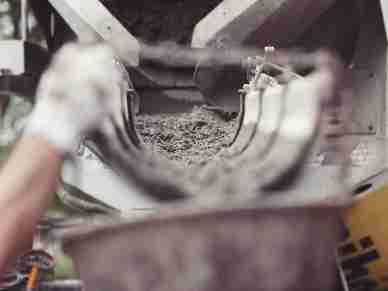

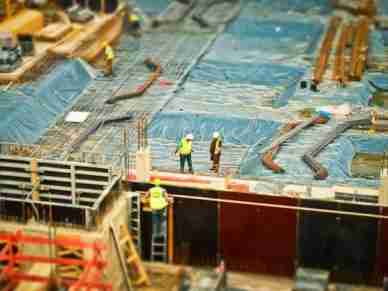
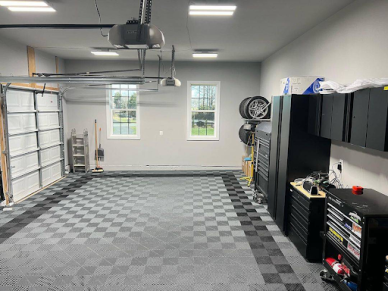

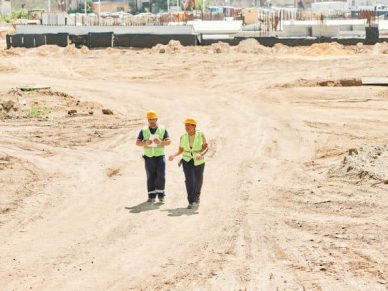


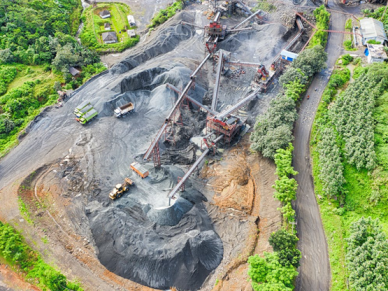
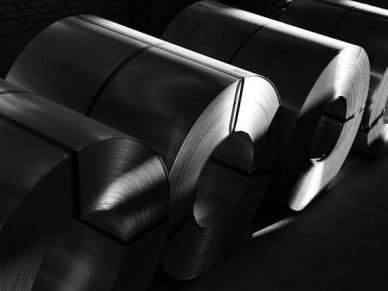





Leave a Reply